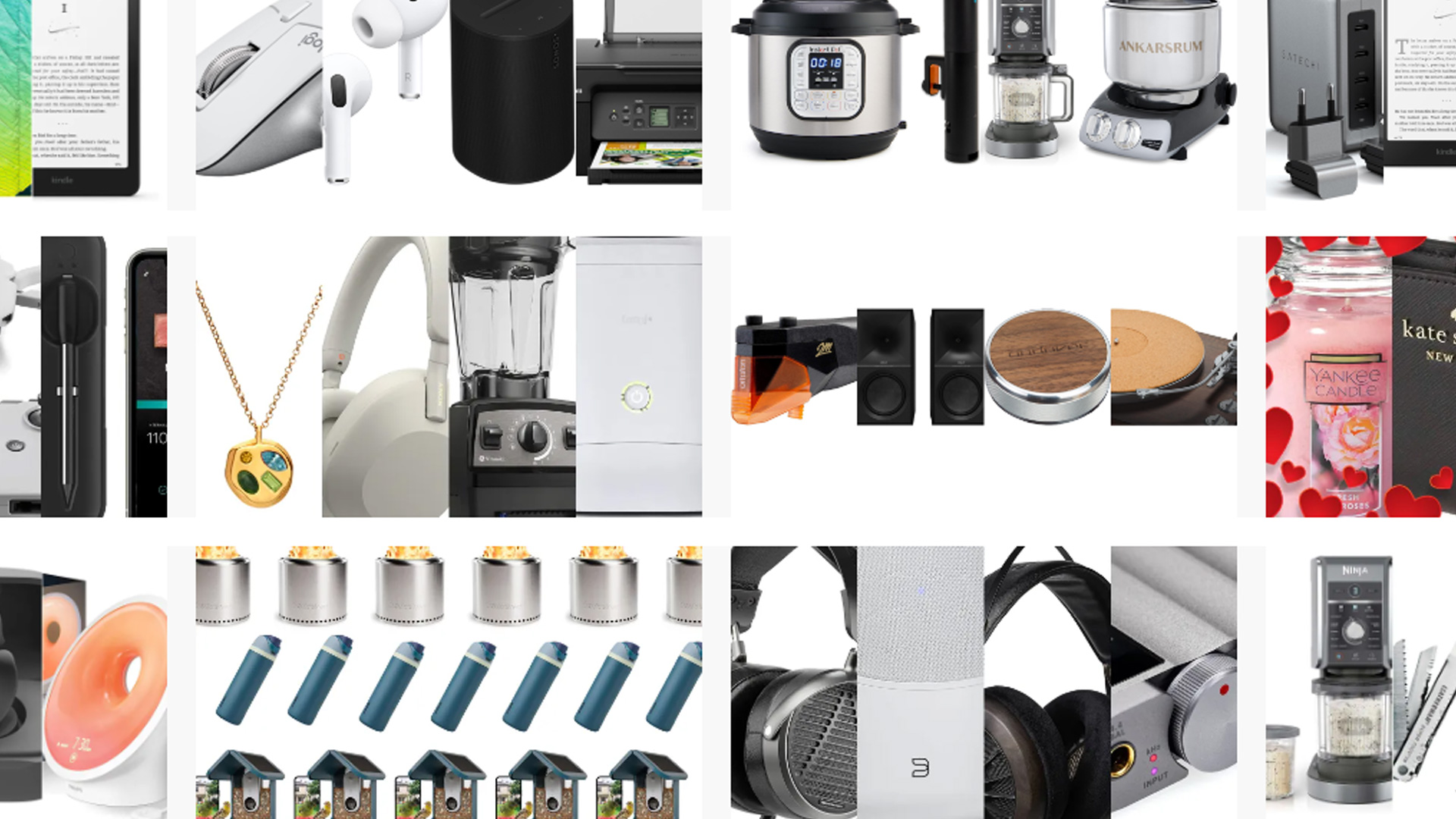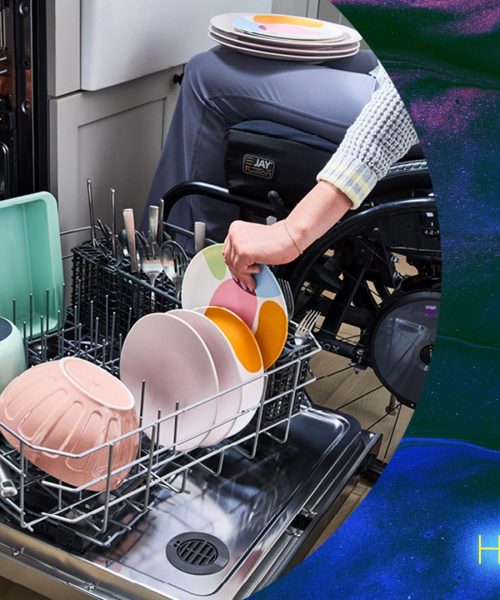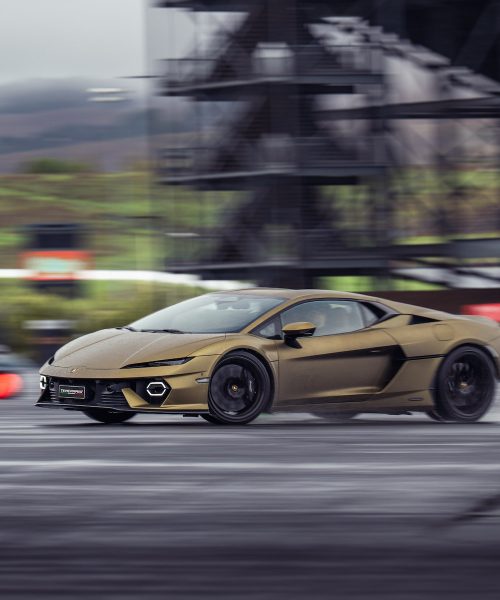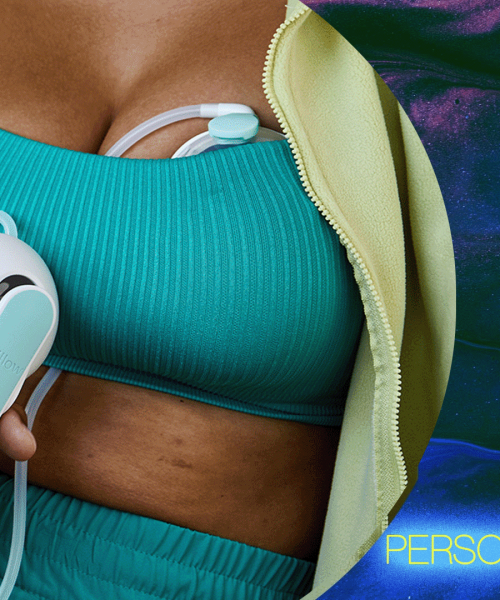A new weapon in the fight against fine art forgeries may, ironically enough, be a robot “painter” capable of composing nearly indistinguishable copies of renowned works.
Canadian startup Acrylic Robotics is currently working with the estate of the late Canadian Indigenous artist Norval Morrisseau to create highly sophisticated replicas of his catalog using an AI-trained robotic painting system. Those near-identical replicas are then analyzed by another AI model maintained by the estate, which has been trained to detect minute differences that even a skilled human eye might miss.
In other words, the robots’ forgeries are helping to build an advanced “AI authenticator.”
The estate hopes this symbiotic approach will train its AI to spot even the most sophisticated forgeries popping up on the commercial market. And there’s no shortage of them: The Morrisseau estate estimates that more than 6,000 unauthorized copies of the artist’s paintings, worth over $72 million, have entered collections in recent decades. As for the high-quality robotic replicas, those will be sold as clearly labeled copies with the estate’s consent.
Art forgery is a booming business
For as long as art has held value, forgers have found ways to profit from fakes. Business is booming. Though estimates vary, the Art Legacy Institute claims forged art may generate between $4 and $6 billion annually. Just last year, Italian police shut down a sprawling international forgery network responsible for selling thousands of counterfeit works imitating artists like Banksy, Pablo Picasso, and Andy Warhol. The works reportedly carried a combined value of more than $200 million.
Morrisseau, who died in 2007, has reportedly been among the most copied artists in recent years. Known for his distinctive pictographic style exploring themes of land displacement and racism, he was also the first Indigenous artist to be featured in a contemporary Canadian gallery, according to the CBC. Since his death, Morrisseau’s estate has been locked in a constant game of whack-a-mole, working to identify and discredit thousands of imitators.
Until now, identifying fake paintings has been more of an art than a science. Well-trained historians with deep knowledge of their subjects analyze suspect works, searching for stylistic discrepancies (oddities in brushstrokes, color choices, composition, or recurring themes) that raise red flags. But in recent decades, forgers have upped their game, making detection increasingly laborious. There’s also simply not enough highly qualified art historians available to screen every potential fake before it reaches auction.
That’s where Acrylic Robotics comes in. A few years ago, the Morrisseau estate approached the startup with a proposal: they wanted to see if Acrylic’s robotic arm could produce highly sophisticated copies of several Morrisseau paintings for use in training the estate’s in-house detection model, dubbed “Norval AI.” Founded by visual artist and mechanical engineer Chloë Ryan, Acrylic had already been developing a robot designed to let artists create authorized replicas of their own work—copies they can sell for profit with their consent.
Acrylic uses its own AI models to analyze high-resolution images of paintings submitted by artists. The system processes millions of various data points such as brushstrokes, movement speed, brush pressure, and pigment and uses that information to train its mechanical robot arm. Once trained, the robot dips an actual brush into buckets of paint and executes a piece using fine motor movements designed to mimic the subtle peculiarities of a human wrist. The result, Acrylic claims, is a replica with more texture and character than a standard print, and with a quality “indistinguishable from painting by hand.” They are also far pricer than a typical print.
“Painted art remains exclusive, expensive, and inaccessible to most, while many artists struggle to make a living,” Acrylic writes in a blog post. “Unlike other creative mediums, which technology has made widely available, fine art is still valued primarily through scarcity.”
Acrylic did not immediately respond to Popular Science’s request for comment.
Using a robot to combat human fakeries
As part of the collaboration, the Morrisseau estate reportedly sent Acrylic several high-quality images of the artist’s paintings for the robot to replicate last year. The robot was able to eventually make a convincing copy, but there were some hitches along the way.
Early versions reportedly showed obvious flaws, according to the CBC. In one instance, the robot arm halted mid-stroke to reload on paint, something the estate claims Morrisseau himself would never have done and a clear giveaway of a fake. Those missteps were eventually corrected though, and the paintings improved to a level that impressed.
“You see the texture. You see the brushstroke lines,” Morrisseau estate executive director Cory Dingle said in a statement. “These paintings look alive to us.”
At the same time, Norval AI was also improving, getting better at detecting fraudulent works with each new and improved painting submitted to it for review.
“The better our work gets, the better the model has to get to detect the copies,” Ryan, Acryllics’ founder, told the publication CP24 earlier this year. “This also allows us to refine our robotic techniques.”
Related: [A humanoid robot’s painting called ‘AI God’ may sell for over $120,000]
Using robots to bring unfinished works to life
So far, Acrylic has replicated five Morrisseau works, including In Honour of Native Motherhood and The Punk Rockers. In addition to using these pieces as training data for its fraud-detection models, the company also plans to sell them. For each replica still in progress, Acrylic says it is producing one “Matrix” painting (essentially a master copy) along with several smaller versions of that replica. Notably, neither the Matrix nor the copies of the copies will match the exact dimensions of the original Morrisseau works.
The Morrisseau estate also sees value in selling the robot-made copies, provided they are clearly labeled as such. Profits from these works, currently valued between $2,354 and $32,688, could help fund further AI development and art restoration efforts. Acrylic, meanwhile, envisions a future where its robot, working alongside AI models, might analyze unfinished or damaged Morrisseau pieces and bring them to completion. If the collaboration proves successful, the same approach could eventually be applied to other artists across different periods and mediums.
”We want to explore the opportunity to continue his legacy with the aid of technology,” Dingle said.






